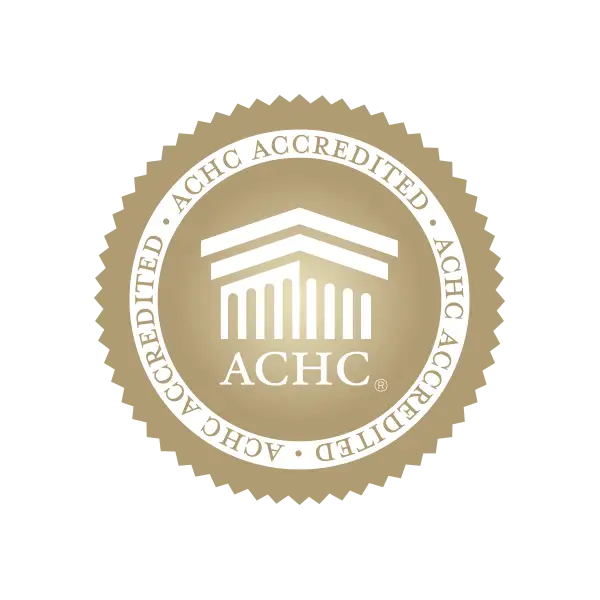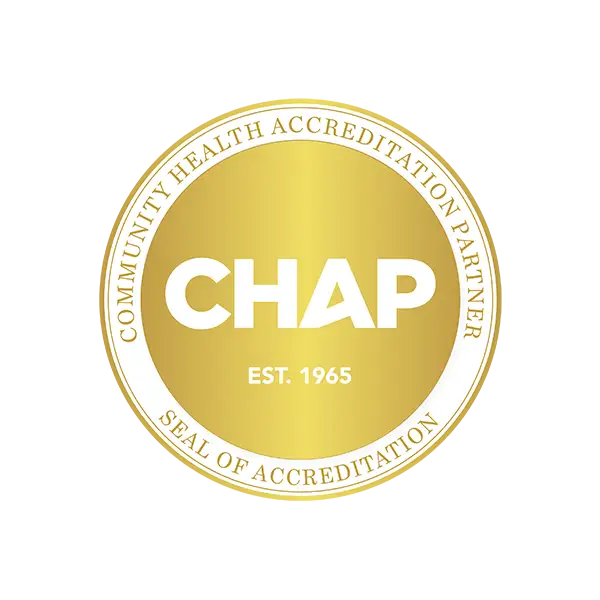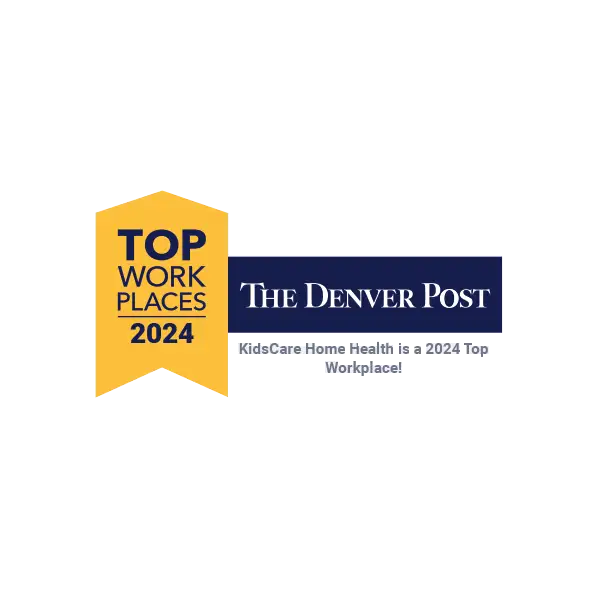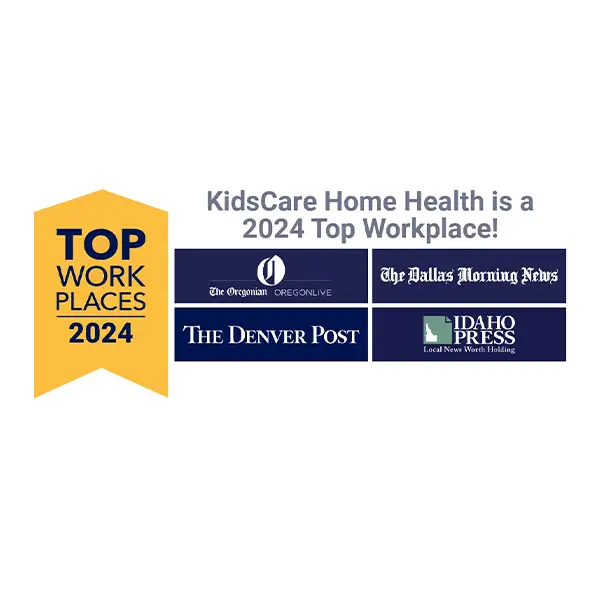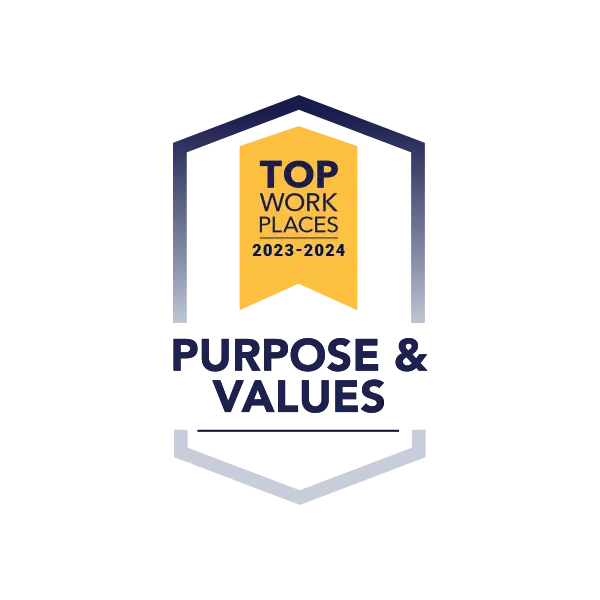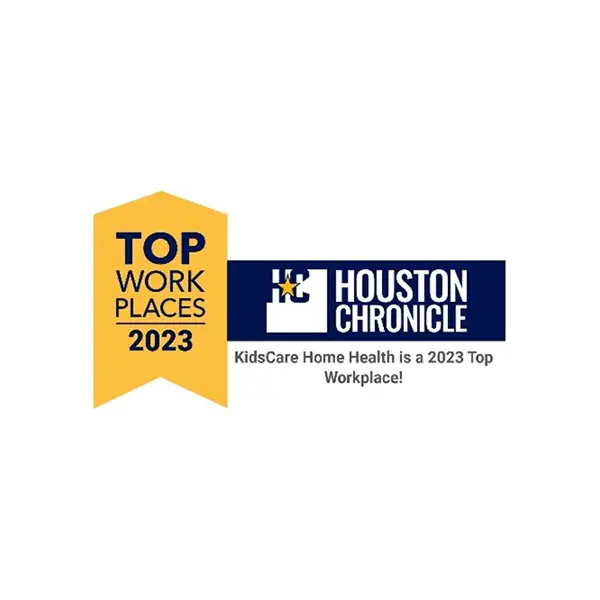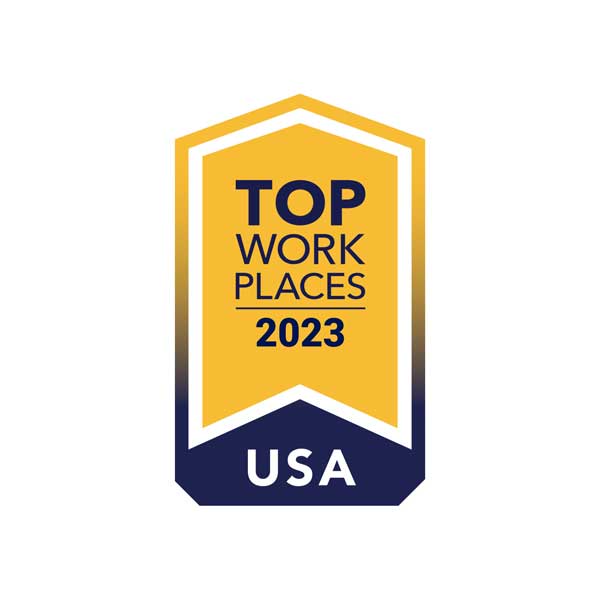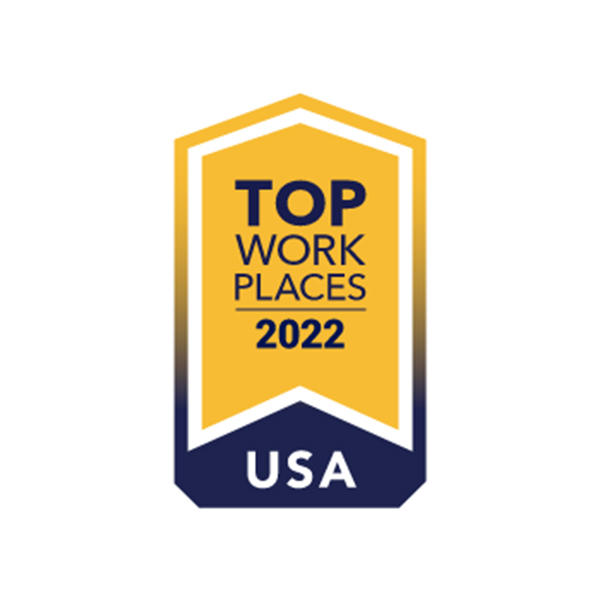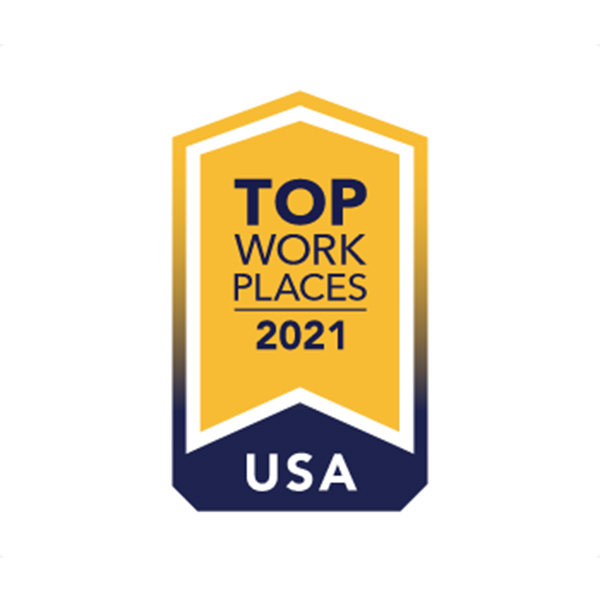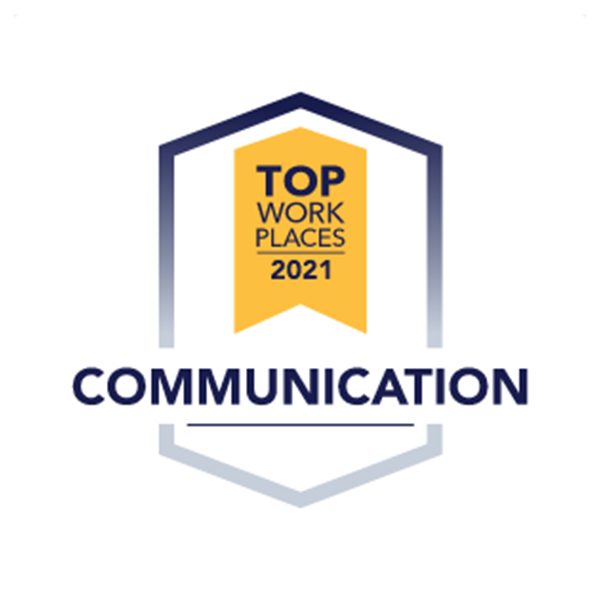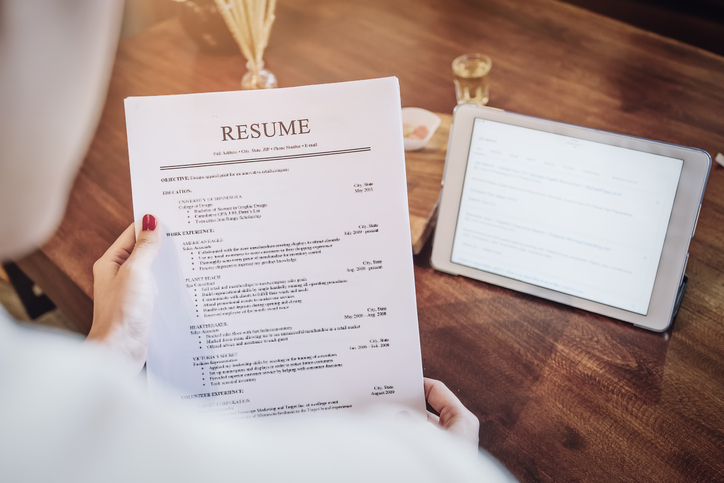
By Victoria Jackson, MNS,CCC-SLP
Clinical Manager
KidsCare Home Health
September, 2016
They say you only get one first impression. When you’re applying for a new job, that typically comes in the form of a resume – and they are usually as varied and diverse as the candidates themselves! I’ve read some that have left me with the impression of competence and professionalism even before meeting the author, and others that have lacked organization, were visually overwhelming, or simply didn’t have that “wow” factor. For the past 10 years, I’ve had the opportunity to interview and hire therapists and have read a lot of resumes. So, I hope this article will help to clarify what makes a resume rise to the top of the stack!
As a Clinical Manager for KidsCare Therapy striving to grow the central region of Texas, our company’s excellent recruiter, Ashley Woolsey, sends me the resumes of prospective candidates several times a week, and since my days are typically quite full of the various managerial tasks I handle for 4 different cities, my initial perusal of a resume is pretty quick.
What stands out to me the most are those resumes that grab my attention visually. Your resume should present a sharp, clean, professional appearance. It should look organized and draw the eye in and be easy to read. A unique layout is acceptable as long as it is not too unusual or abstract. So, when you consider writing your resume, whether your first because you are a new graduate, or a revision of an existing resume because you are a seasoned therapist seeking a new position, make it stand out – in a good way.
Your resume is your potential employer’s first look at you. At first glance, I want to be able to quickly find your name, your phone number, and your email so that I can easily reach out to you (having your email linked makes contacting you even easier). Finding your degree status and credentials are the next important thing I look for. I’m also interested in knowing what you want in your career, so that should come before the bullet points highlighting your experience.
A thorough examination of your resume comes later – after our interview is set-up, but before we actually meet.
So, it’s important that your resume is distinctive and is visually pleasing to the eye guiding the reader to the most salient points about you and what makes you the perfect choice for the job, but it should not be conspicuous. No photos of yourself, no slang, not too wordy, no pink perfumed paper like Elle Woods used in Legally Blond, but do follow Elle’s advice in that “Being true to yourself never goes out of style.” So yes, be true to yourself and let your resume show who you really are, but do it with style and class.
Here is a good list of Do’s when perfecting your resume:
- Make it visually appealing. One of the most important design choices you make when composing your resume is the font. This says a lot about your style, but don’t go overboard. You want to choose something that is pleasing to the eye, grabs the reader’s attention and yet is also sophisticated and professional in appearance. The less frills the better. Your resume should have clear boldface headings that stand out too.
- I like getting a resume that is on quality paper, and so consider the weight of the paper. Most fine business papers and personal stationery are 20 lb. weight. The heavier the weight, the thicker the sheet and the more impressive it feels, so consider a paper weight of 32 lb. Bond, and perhaps use tinted resume paper. White and ivory are classic and always winners, but if you want to stand out and really express who you are, parchment, textured, tan, or gray resume paper are options to consider too. Stay away from blue, mint, or other colors as they give the impression that you don’t want to be taken seriously. If you’re going to go all out, use the 32 lb. Bond combined with 100% cotton – the crisp feel of that resume will make an impression.
- Make sure your name is in bold at the top of your resume, and big enough to spot easily. Your name should be the largest thing on your resume with a font slightly larger than the largest font in the body of your resume. Your name should stand out, but not overwhelm the page. I also want to be able to find your telephone number and email address quickly – having your email linked is a bonus. Including your home address is also important – if you are hired, I’ll need that for Human Resources. It’s nice when you separate this introductory heading that tells who you are and how to reach you by a bold line too. Again, visually easy on the eye, and you will want to make sure the various headings for each section of your resume are in boldface.
- As you do your research on how to write the perfect resume, you will find that some are recommending a short paragraph at the top of your resume that focuses on a brief summary of the highlights of your career – I’d still like to see that standard objective. What are you looking for? Make it to the point, but tell me what you’d like to find in the position you’re seeking out. For example, “Experienced Speech-Language Pathologist seeking full-time position in the home health setting with a company that values integrity, ethics, and makes clients and therapists a priority, and is organized and efficient in its operation.” Or, another example might be, “Master clinician seeking Lead Therapist, or Management position for a home health company that values strong organizational skills and ability to prioritize, and act as a facilitator to build a strong, cohesive team.”
- Include your education and credentials after your objective. I don’t want to search for your degree information. I need to be able to find it fast. Sometimes your educational background/degree/credentials can be a deciding factor when I have several candidates I’m interviewing for the same position.
- Bullet points – I want your experience highlighted with bullet points and bold-face print for each job title. A brief summary of your job description/accomplishments during your stint there is also important, but don’t make it too long or wordy. No pronouns, and use reverse chronologic order when outlining your experience.
- References. Yes, I want them on your resume. I don’t want to have to request them. I want to know who I can call right now to find out if you are someone I should hire. Of course, professional and personal references are chosen by you and hopefully you’ve given me people to talk with who are going to make you shine, but still, these are important people who know you and who should be able to tell me about your strengths, and maybe a couple of areas you could improve upon too – from a positive perspective of course. Let’s face it, nobody’s perfect and I think it’s OK to say what you’re good at – mostly, but also an area or two that might need some work although that should not be the focus.
- Keep your resume short – one page, if you are a new grad. However, if you’re someone with 10 or more years of experience, it’s impossible to list your whole career on 1 page. In that case, a 2-page resume is perfectly acceptable.
- White space on your resume is almost as important as the print and it helps to keep the reader from being overwhelmed, so try not to cram too much on the page.
- Lastly, use present tense for your current job duties, but when talking about previous jobs, of course use past tense. It’s simple.
I would also like to touch on how to present yourself at an interview. I may be fitting you into my day and wearing my scrubs, but if at all possible, come to the interview dressed professionally, although if we are fitting your interview into the middle of your workday, wearing work clothes is acceptable, but you might just want to note that to your interviewer.
Also, even though you may have emailed me your resume, or my recruiter may have given me a copy, still bring a copy to your interview, and those who present it to me in a special folder or envelope catch my attention more than the rest. If you are taking the time and care to present yourself on paper in this way, then I know you are going to be the kind of employee who takes care of details in your work life.
As my career progressed and I collected multiple employee reviews and letters of recommendation, I put together a Professional Portfolio that I brought with me to interviews. I put together copies of documents not only including my cover letter and resume, but also copies of my professional license and national certification, letters of recommendation, employee reviews as well as parent reviews – which is important since as therapists, we work with families every day, and copies of transcripts and sometimes a report writing sample – of course being ultra-careful to block out any names or personal information.
Placing this collective of my professional life in a clear front report cover with a cover page of just my name and credentials really made a difference. Sometimes I added tabs for each section, but that isn’t necessary.
I’d also like to bring up a few points that are not necessarily about resumes, but rather has to do with about how you interact with your potential employer – someone who might end up to be your boss! It’s important to be friendly and try to establish rapport, but don’t give too much personal information. Remember, you’re a professional so look and act accordingly. Also, as your communications progress, don’t automatically assume you can just text your interviewer with follow-up questions without first asking what mode of communication they prefer. I typically end my interviews letting the interviewee know that if they have any more questions or need to let me know anything more about themselves, they should feel free to call, email, or text me. At that point, I’ve opened the door, but you shouldn’t assume unless you’re first invited.
One more thing, if you are offered the job and decide not to take it, a personal call is warranted. Don’t email or text me in those cases. I want to hear from you personally – as someone who has taken time out of my busy schedule for you, and has offered you a position – deciding you are the best candidate, but you have instead chosen another path, show me the professional courtesy of declining with a telephone call. In this day and age of high tech communications, talking is still the best form of reaching out.
Here’s wishing you a happy job search!
Regards,
Victoria

